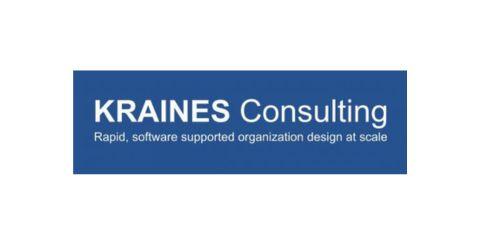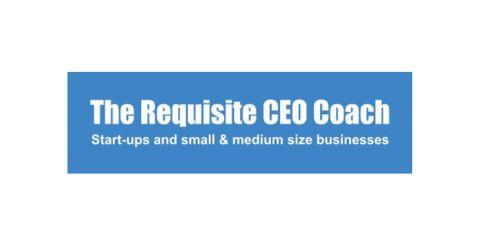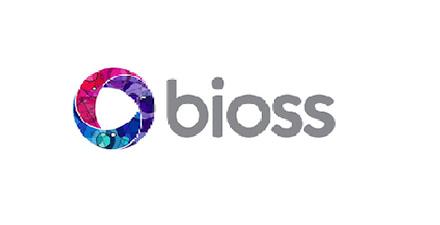Sharing our practice: Professional development program & executive symposium
Speaker A This is a case that is going on. It is not finished yet and it's pretty much similar than the president station you did. But I have to confess that we did it in a very primitive way in compa...
Transcript of the presentation video
NOTE: This transcript of the video was created by AI to enable Google's crawlers to search the video content. It may be expected to be only 96% accurate.
Speaker A This is a case that is going on. It is not finished yet and it's pretty much similar than the president station you did. But I have to confess that we did it in a very primitive way in comparison with the software we use Excel tools and things that are really primitive. But anyway, this is a customer. I'm going to show you some information about it. It's a consumer company, it's a family owner company that they are undergoing transition between level five and level six. And mostly of the senior management at level four. And most of the senior manager are traditional historical managers at level four and three. And there are a lot of new generation, a lot of people with high potential people at level two pushing the organization to go up. So a new CEO and a new human resource manager asked our help in order to install a conversation inside the organization about talent pool and talent management. So they have in place calibration system and roundtable sessions but very poorly developed. So they would like to put all these managers in relevant conversations about the implications for the future to not have in place a proper system to manage and to develop people. So it was a challenge to us because they have a hay system, they do not go over the organizational design. So we need to establish parallels and to validate the hypothesis about the complexity of the roles. First with the CEO and the senior management and then with the second line managers during the training process that we put in place. So saying that I'm going to show you the process because I think that could be the most important thing. The project has three steps. The first one is mostly focus on design, the second one in training and the third one is implementation. And the company has 25,000 people, mostly in Latin America. And this is the group that was part of the project. One condition and one expectation of the customer was that human resource people were involved and trained in order to help them to position, to position more strategically in the organization. So what we plan was a process with some tools because we need some tools to help managers to have that kind of conversations with their subordinates that provides them content and things that allows them to do that. So first of all, we train an important group of human resource people. The human directory is a high level four and level three people in order because they were the project team that were going to help managers to do the job. And we developed different tools. This is a tool for the incumbent. So we ask people to describe the evolution of the career during the time and we ask there some questions that help the managers to identify the growth curve, the career path. On the other hand, we develop this tool that is based in the levels of work and levels of capability. Descriptions that help the managers to identify at which level the subordinate is working. And these two tools convey in a session, in a meeting facilitated for one of the facilitators of human resource facilitators in order to draft the first maps of each group and the same process was repeatedly doing in a higher level and finished in a roundtable at the top of the company. So I think that the value of the intervention, it is not finished yet. What is all the maps and the material skid that we develop for them and the impact that they are finding a great value in the process? Managers validates the hypothesis of the complexity of the roles and they find it very easy to do it. And for the last two months they were highly engaged in significant conversations about that, about the problem. So finally we be successful in installing some things, some tools and some processes that allows them to discuss about the talent pool problem and the implications for the growth of the organization.
Major organizations and consulting firms that provide Requisite Organization-based services





